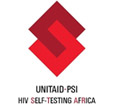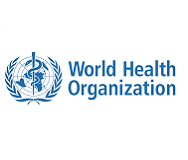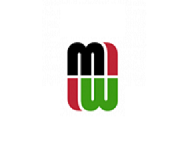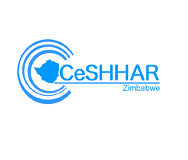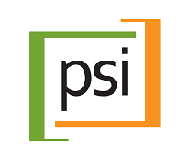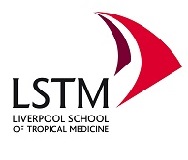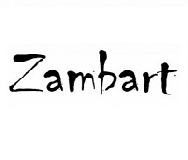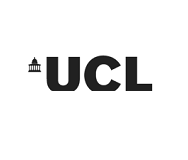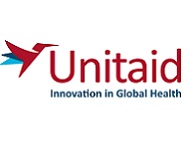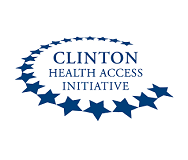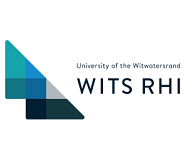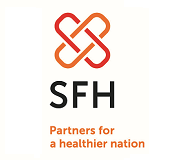Assessing the costs of HIV self-test (HIVST) kit distribution, standard of care HTC approaches, and associated efficiency impacts in Malawi, Zambia, and Zimbabwe.
By Collin Mangenah, Health Economics Research Coordinator at Centre for Sexual Health and HIV/AIDS Research (CeSHHAR) Zimbabwe
The STAR economics evaluation team (EconEval) is evaluating unit costs and cost effectiveness of HIVST across the three countries as part of the larger HIVST evaluation. The study, which is taking a societal perspective including provider, programme, and patient costs, employs both top down and bottom up costing approaches to evaluate HIVST distribution.
Under the top down (macro) costing approach the team is working with total PSI expenditures to define the range of cost centres, identify related resources and allocate their associated costs, including overheads, to their final cost centres and to finally estimate a gross average estimate of HIVST intervention costs. Step down costing ensures no costs are lost in the process (i.e. captures full costs) and should provide high comparability with UNITAID/PSI accounts. The analysis is also supplemented by field observations to obtain related allocation factors across the various distribution models and to take into account economic costs (donated goods and services).
Using bottom up costing the EconEval team is employing micro-costing (ingredients based approach) to identify and value all resources required to implement the HIVST intervention. Costs include central PSI costs (management, procurement, start-up costs and training costs), regional distribution costs and site level costs (training, equipment, staff, supplies, waste management and transport) for Community Based Distribution Agent (CBDA), PSI clinic sites, VMMC, and SW clinics. Both the financial and economic costs of distribution are estimated. As part of ongoing HIVST household surveys across the three countries, patient level costs are also being evaluated. Patient cost estimates will include productivity losses, transport costs incurred, user fees, food-related or other expenses incurred at last HIV test. Final patient costs will facilitate a cross-country analysis of patient level costs and will feed into the overall cost analysis (societal perspective).
Within the same districts and provinces, and for comparison purposes, the EconEval team is also conducting an evaluation of the costs of standard of care approaches to HIV testing (facility based HTS over the past 12 months). The EconEval team is also collecting 12 months before and 12 months after HIVST HTC and Antiretroviral Therapy (ART) data (Ministry of Health monitoring and evaluation data) and conducting time and motion study data collection as part of an efficiency analysis (Difference-in-difference and Data Envelopment Analysis) in all of the study facilities. This is aimed to facilitate analysis of the changes (impact) on HTC resource usage attributable to community HIVST introduction.
Country costing and efficiency study progress
| Activities | Progress to date | ||
| Zambia | Malawi | Zimbabwe | |
| 1a. Government Health Facility (HF) Costing | 12 of 12 HF’s complete | 22 of 22 HF’s complete | 35 of 44 HF’s complete |
| 1b. PSI CBDA HIVST Costing | Underway | Start-up cost | 7 of 8 districts complete |
| 1d. Tunza/NSC HIVST Costing | In progress | In progress | 5 of 6 complete (baseline) |
| 1e. SW HIVST Costing | N/A | In progress | 6 of 6 complete (baseline) |
| 1f. GVT HF HIVST Costing (Zambia only) | In progress | N/A | N/A |
| 2. Patient Costing | Data collection in Household (HH) survey | 22 of 22 HF’s complete | Data collection in HH survey ongoing |
| 3. Efficiency Study | Baseline: 12 of 12 HF’s complete | Baseline: 22 of 22 HF’s complete | 35 of 44 HF’s complete |
| 5. Scale up Modelling | Under development | Phase 2 | Phase 2 |
| 6. Decision Modelling | Under development | Phase 2 | Phase 2 |
Malawi
Facility HIV costing, patient cost data, and baseline HIVST efficiency, as well as time and motion (T&M) study data collection has been completed in all four districts, data entered and analysis commenced. However T&M observations are planned for seven other health facilities in order to control for possible self-reported bias in the 22 health facilities completed. Analysis of PSI expenditure statements is ongoing to facilitate top down costing. A poster presentation of preliminary user cost results was made at the recently held 2017 INTEREST Workshop in Lilongwe, Malawi. This was based on an abstract titled “A gender analysis of HIV Testing user costs among rural communities in Malawi”.
Zambia
Facility HIV costing, baseline before and after efficiency data, and time and motion study data collection has been completed in all 12 study facilities and data entry is underway. Analysis of PSI expenditure statements is ongoing to facilitate top down costing.
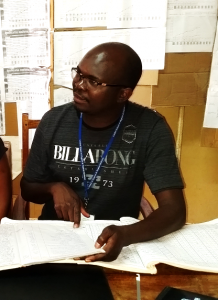
Zambart Health Economist Lawrence Mwenge analysing facility HTS registers. Photo courtesy of ©Zambart
Zimbabwe
CBDA distribution cost, and government facility HIV cost data collection is complete in seven of the eight Zimbabwe districts. Baseline facility cost data collection is almost complete in the three other distribution models: VMMC, NSC sites and SW Clinics. Efficiency and time and motion study data collection is ongoing alongside the HIVST cost data collection activities in all four distribution models. Analysis of PSI expenditure statements is ongoing to facilitate top down costing. An oral presentation of preliminary CBDA distribution cost results was made at the recently held 2017 INTEREST Workshop in Lilongwe, Malawi. This was based on an abstract titled “The costs of community based HIV self-test (HIVST) kit distribution: Results from 3 districts in Zimbabwe”.
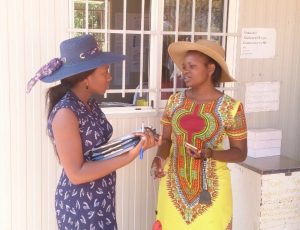
CeSHHAR Zimbabwe Costing Research Assistants Progress Chiwawa and Tariro Chigwenah conducting time and motion study at an HTC facility. Photo courtesy of ©CeSHHAR Zimbabwe

